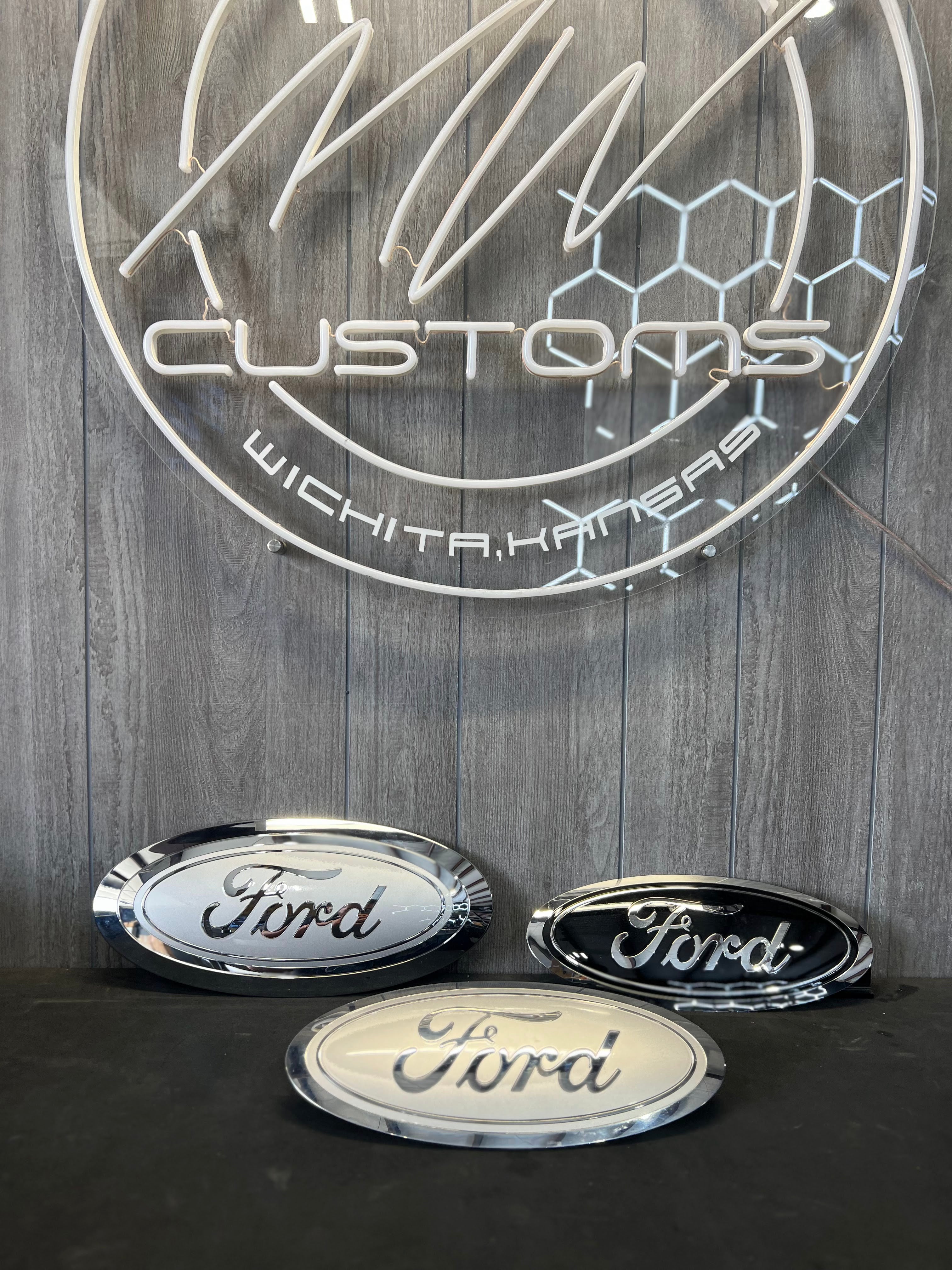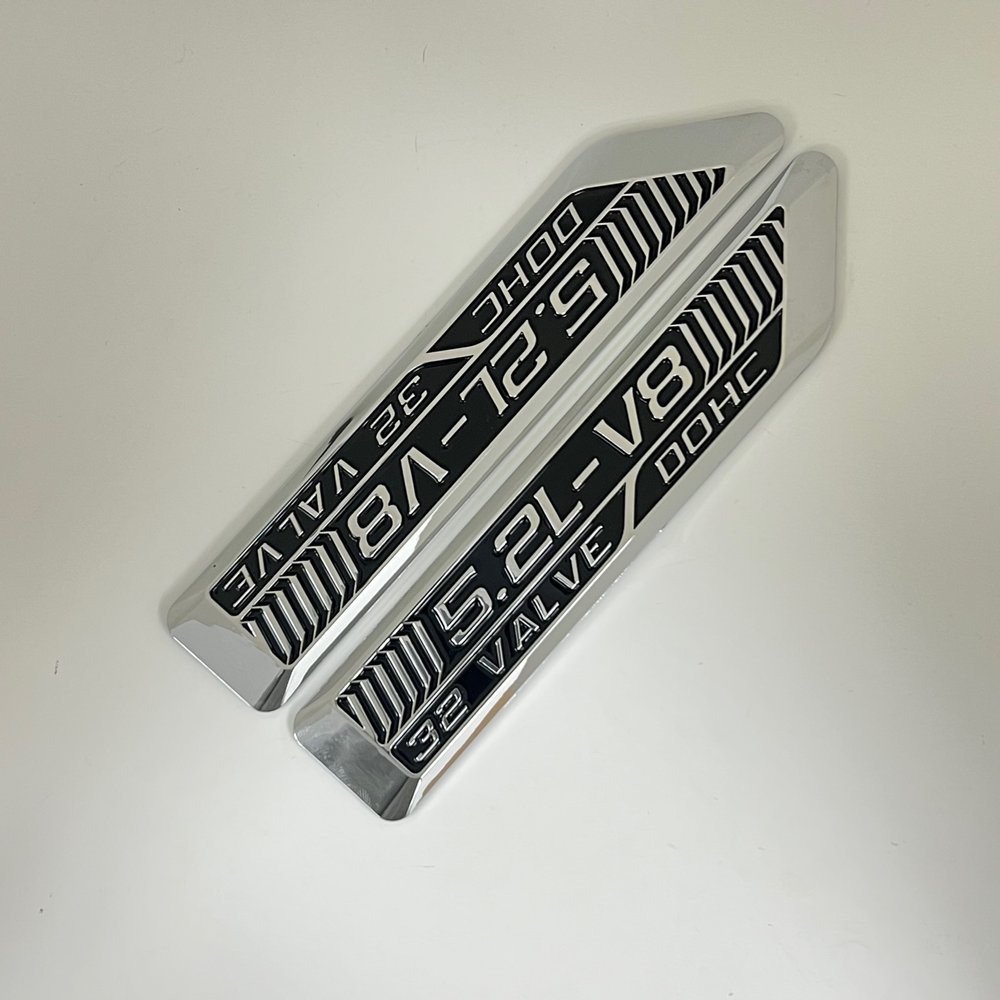Layout the Perfect Identification with a Custom Emblem for Your Brand name
Layout the Perfect Identification with a Custom Emblem for Your Brand name
Blog Article
Producing a Long-term Impression With Custom Emblems: Layout Tips and Ideas
The development of a custom emblem is a crucial step in establishing a brand name's identity, yet numerous neglect the subtleties that add to its efficiency (Custom Emblem). A well-executed layout not just communicates core values yet also resonates with target market on numerous degrees. Concentrating on aspects such as color option, typography, and symbolic importance can boost the symbol's effect. As we explore these vital components, it comes to be clear that there is even more to crafting an emblem than simple appearances; understanding these concepts can transform your approach to brand name depiction. What key aspects should be prioritized for optimal result?
Comprehending Your Brand Name Identification
Recognizing your brand name identity is crucial for producing custom emblems that resonate with your target audience. Your brand identity incorporates the values, goal, and individuality that specify your company. It acts as the structure for all aesthetic depictions, consisting of custom emblems. By plainly verbalizing what your brand name stands for, you can make sure that the layout elements of your symbol reflect these core concepts.

Next, determine crucial qualities of your brand, such as integrity, advancement, or originality. These characteristics should direct the layout process, affecting forms, icons, and typography. A well-defined brand name identity not only help in creating a memorable emblem but additionally fosters brand commitment and acknowledgment. Eventually, a symbol that truly mirrors your brand identification will create a meaningful link with your target market, reinforcing your message and enhancing your total brand technique.
Choosing the Right Color Styles
Choosing the best shades for your personalized emblem plays an essential role in sharing your brand name's identification and message. Colors evoke feelings and can considerably affect understandings, making it important to pick hues that reverberate with your target market. Begin by taking into consideration the emotional effect of shades; for instance, blue frequently conveys trust fund and professionalism and trust, while red can stimulate exhilaration and necessity.
It is additionally vital to straighten your shade options with your brand name's values and market. A technology business may choose awesome colors, such as blues and eco-friendlies, to show technology and dependability, whereas an imaginative company could embrace bold and lively shades to showcase creativity and energy.
In addition, think about the color harmony in your layout. Utilizing a color wheel can assist you determine corresponding or similar shades that create aesthetic equilibrium. Goal for a maximum of 3 primary colors to keep simpleness and memorability.
Typography and Typeface Option
A well-chosen font style can significantly enhance the impact of your customized symbol, making typography and font option critical parts of the design process. The typeface should straighten with the brand's identification, conveying the suitable tone and message. A modern-day sans-serif font style might evoke a feeling of development and simpleness, while a traditional serif typeface can connect tradition and dependability.
When selecting a font, consider clarity and scalability. Your emblem will certainly be used across different media, from calling card to billboards, so the font style must stay clear at any size. Furthermore, avoid excessively ornamental typefaces click here for info that might diminish the general design and message.
Integrating typefaces can likewise create visual rate of interest however needs find out here cautious pairing. Custom Emblem. A typical technique is to use a vibrant typeface for the main text and a complementary lighter one for additional aspects. Consistency is key; limit your choice to 2 or three fonts to maintain a cohesive look
Including Purposeful Icons

For circumstances, a tree might represent development and security, while an equipment could represent innovation and precision. The trick is to ensure that the symbols resonate with your target audience and reflect your brand's objective. Involve in brainstorming sessions to check out numerous concepts and collect input from varied stakeholders, as this can produce a richer array of choices.
In addition, consider how these signs will function in combination with various other layout aspects, such as shades and typography, to develop a natural and impactful symbol - Custom Emblem. Ultimately, the best icons can improve acknowledgment and promote a more powerful psychological link with your audience, making your brand name memorable and meaningful.
Ensuring Versatility and Scalability
Ensuring that your custom-made emblem is flexible and scalable is crucial for its performance throughout various applications and mediums. A well-designed emblem should maintain its stability and aesthetic charm whether it's presented on a calling card, a site, or a large banner. To attain this, concentrate on creating a style that is basic yet impactful, avoiding complex details that might become lost at smaller sized sizes.

Checking your emblem in various styles and sizes is crucial. Examine exactly how it performs on various backgrounds and in different settings to guarantee it remains reliable and well-known. By prioritizing versatility and scalability in your design procedure, you will produce an view it emblem that stands the examination of time and efficiently represents your brand name throughout all touchpoints.

Final Thought
Finally, the creation of custom emblems necessitates a critical technique that balances numerous style elements, including brand name identity, color choice, typography, and symbolic representation. Emphasizing simpleness and scalability makes certain that the emblem continues to be versatile across various applications, while significant icons boost emotional resonance with the target market. By meticulously integrating these parts, brands can grow a distinct identity that promotes acknowledgment and leaves a lasting perception on customers.
A distinct brand identity not just help in developing a memorable symbol yet additionally fosters brand loyalty and acknowledgment. Inevitably, an emblem that genuinely mirrors your brand identity will produce a purposeful link with your target market, reinforcing your message and enhancing your general brand method.
Picking the appropriate colors for your customized emblem plays an essential function in sharing your brand name's identification and message. By focusing on convenience and scalability in your layout procedure, you will certainly develop a symbol that stands the examination of time and efficiently represents your brand across all touchpoints.
In conclusion, the production of custom-made emblems demands a critical strategy that integrates numerous layout components, consisting of brand name identification, color selection, typography, and symbolic representation.
Report this page